10 Most Valuable Metal Detector Finds in the United Kingdom

Written by Piotr Lesniewski
Detectorist • Scotland
As an Amazon Associate we earn commission from qualifying purchases. Read our full Affiliate Disclosure.
The United Kingdom's soil conceals treasures worth millions of pounds, waiting beneath farmers' fields and ancient pathways.
Metal detector enthusiasts have unearthed extraordinary finds that rewrite historical narratives and command staggering auction prices. From Anglo-Saxon gold torcs to Roman coin hoards, these discoveries transform ordinary individuals into custodians of Britain's hidden past.
Each find tells a story of ancient civilizations, yet the most valuable treasures reveal secrets that challenge everything historians thought they knew.
Key Takeaways
- The Middleham Jewel, valued at £2.5 million, stands as one of Britain's most valuable metal detector discoveries.
- The Crosby Garrett Helmet fetched £2.3 million, demonstrating the extraordinary value of rare Roman artifacts.
- The Hoxne Hoard earned its discoverer a £1.75 million reward under the Treasure Act for its historical significance.
- The Staffordshire Hoard transformed understanding of Anglo-Saxon culture and represents immense archaeological value.
- Multiple hoards dating to 1066 provide crucial evidence of wealth protection during the Norman Conquest period.
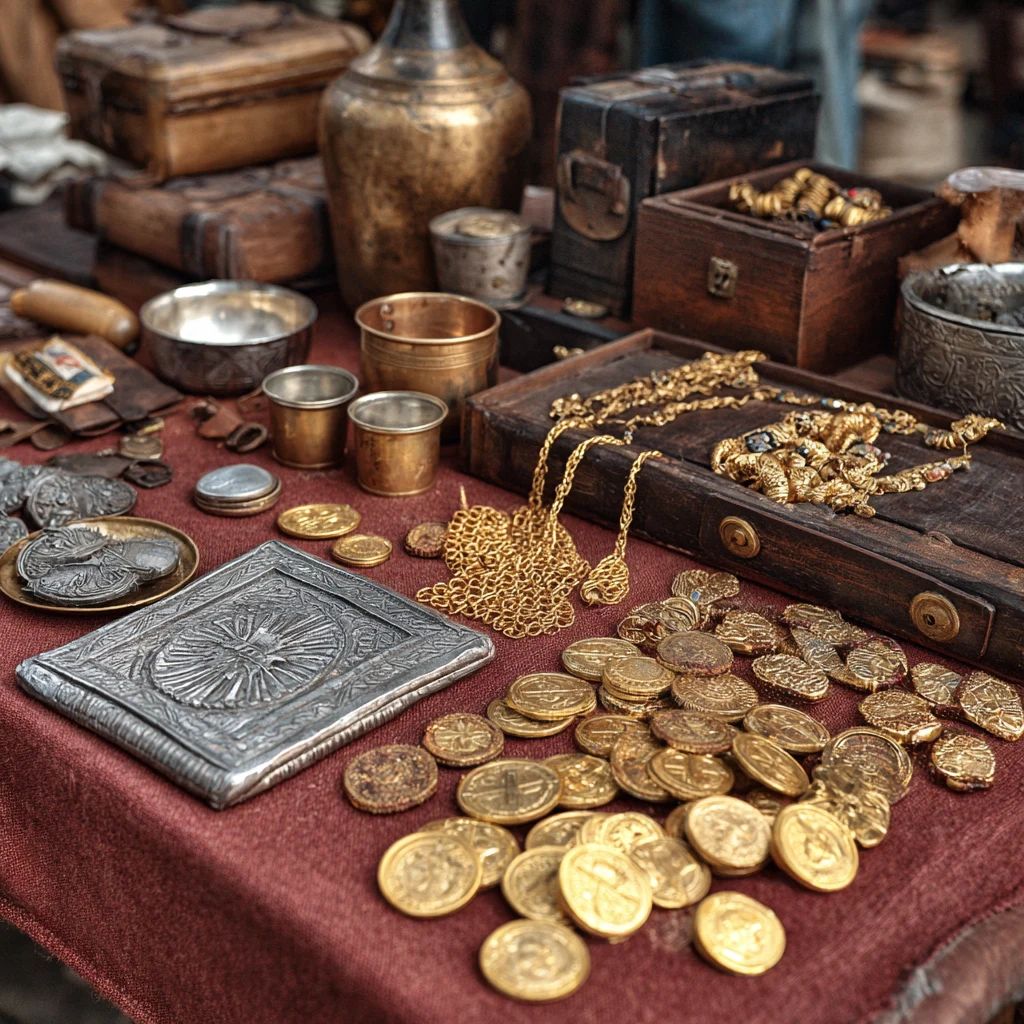
Wold Newton Hoard - valued at £44,200
The Wold Newton Hoard represents one of East Yorkshire's most significant archaeological discoveries, comprising 1,857 Roman coins valued at £44,200.
Metal detector enthusiasts uncovered this remarkable treasure cache buried within a ceramic pot in an East Yorkshire field. Dating to the 4th century AD, the hoard provides crucial insights into Roman Britain's economic systems during a tumultuous historical period.
The collection's substantial size and preservation state make it particularly valuable for understanding monetary circulation patterns and daily life in Roman settlements.
The discovery demonstrates how metal detecting contributes to archaeological knowledge, revealing hidden aspects of Britain's Roman heritage. This find exemplifies the importance of responsible metal detecting in uncovering significant historical artifacts that enhance understanding of ancient civilizations.
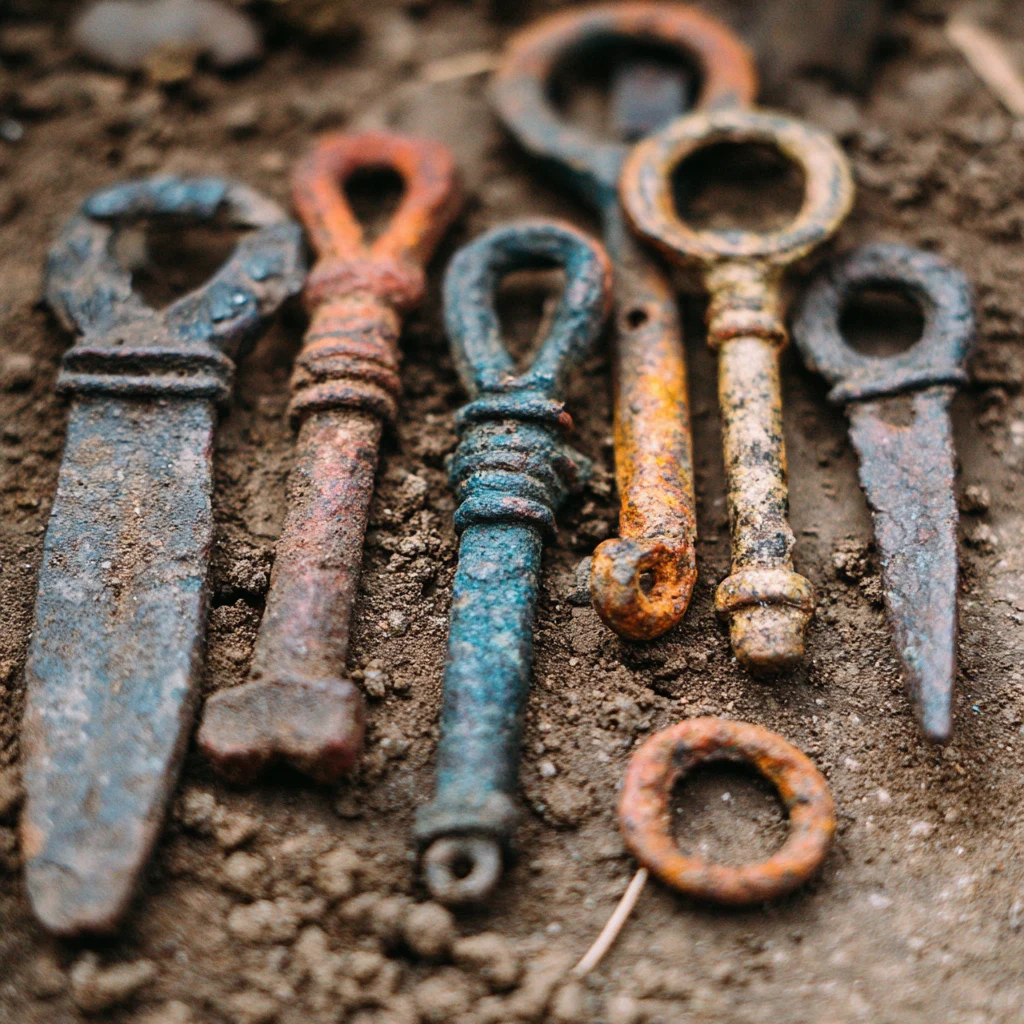
St Albans Hoard - valued at £98,500
While the Wold Newton discovery showcased the breadth of Roman monetary circulation through its extensive coin collection, an even more valuable find emerged from Hertfordshire's countryside.
The St Albans Hoard, valued at £98,500, represents one of Britain's most significant Roman gold discoveries. Unearthed by metal detectorists, this extraordinary collection comprises 159 gold solidi dating from the late 4th and early 5th centuries.
The hoard's historical significance extends beyond its monetary value. These coins were likely concealed during the chaotic final decades of Roman rule in Britain, when political instability and Saxon incursions threatened established order.
The decision to bury such substantial wealth reflects the desperation of those turbulent times, making this discovery a tangible link to Britain's transition from Roman province to post-Roman kingdoms.
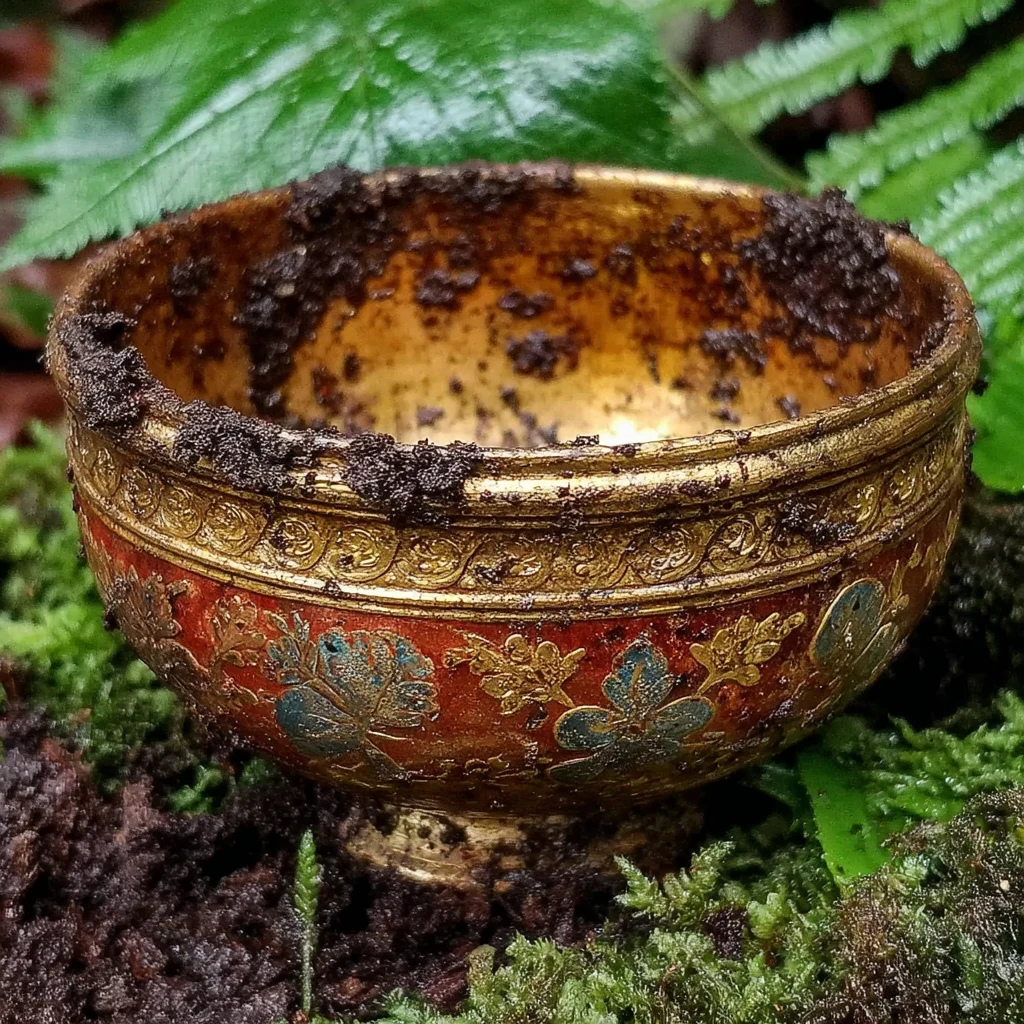
The Ringlemere Gold Cup - valued at £270,000
Beyond the Roman era's monetary treasures lies an even more ancient and extraordinary discovery that dwarfs previous finds in both age and value. The Ringlemere Gold Cup, unearthed by a metal detectorist in Kent, represents one of Britain's most significant archaeological discoveries.
Dating to the Bronze Age, this exquisitely crafted vessel demonstrates the sophisticated metalworking skills of ancient artisans. The cup's delicate construction and expert craftsmanship place it among only a select few similar prehistoric gold cups discovered across Europe.
Its rarity and historical significance have elevated it to international prominence within archaeological circles.
Valued at £270,000, the Ringlemere Gold Cup stands as a testament to Bronze Age civilization and ranks among the most valuable metal detector finds in British history.

The Leekfrith Torcs - valued at £325,000
Surpassing even the remarkable Ringlemere Gold Cup in monetary value, the Leekfrith Torcs represent an extraordinary discovery that has revolutionized understanding of early Iron Age Britain.
This set of four intricately worked gold torcs was unearthed in Staffordshire by metal detectorists, revealing craftsmanship that predates most known Celtic goldwork by centuries.
Dating to approximately 400 BC, these necklaces showcase the exceptional skill of Iron Age artisans and are believed to be the earliest examples of Iron Age goldwork ever discovered in Britain.
The torcs' intricate workmanship demonstrates sophisticated metalworking techniques that were previously unknown from this period.
Valued at £325,000, this discovery has provided archaeologists with unprecedented insights into the wealth, artistry, and cultural sophistication of Britain's ancient Celtic communities.
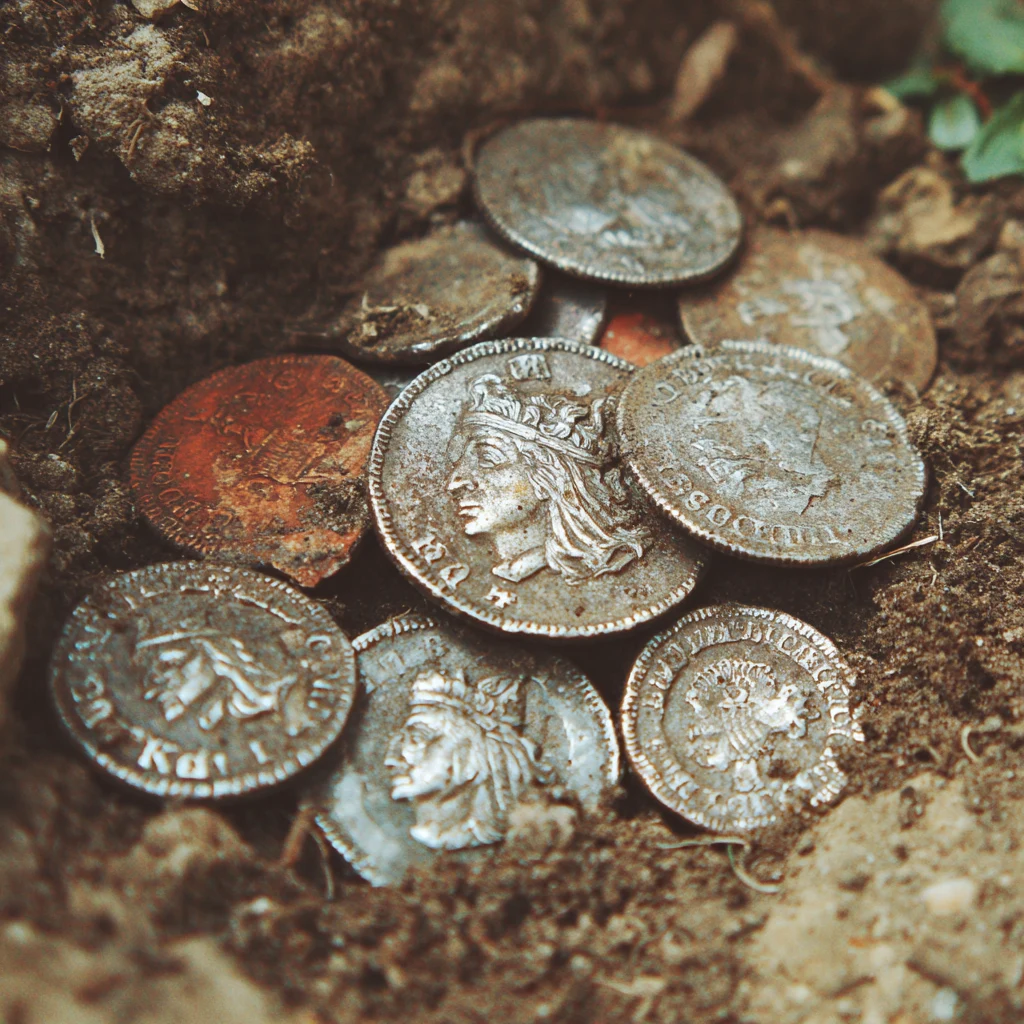
The Hoxne Hoard - valued at £1.75 million
When Eric Lawes set out with his metal detector in a Suffolk field in 1992, he was searching for a friend's lost hammer but instead uncovered what would become Britain's largest hoard of late Roman silver and gold.
The Hoxne Hoard contained over 15,000 Roman coins, 200 items of silver tableware, and numerous gold jewelry pieces dating from the late fourth and early fifth centuries AD. Archaeologists believe the treasure was buried around 408-450 AD during the decline of Roman Britain.
The hoard's exceptional preservation and completeness provided invaluable insights into late Roman wealth and craftsmanship.
The British Museum acquired the collection, and Lawes received £1.75 million as a reward under the Treasure Act.

The Crosby Garrett Helmet - valued at £2.3 million
While the Hoxne Hoard represented the wealth of Roman civilians, another remarkable discovery showcased the military splendor of the empire.
The Crosby Garrett Helmet, unearthed in Cumbria by a metal detectorist, stands as one of Britain's most valuable archaeological finds at £2.3 million. This bronze cavalry helmet dates to the late 1st or early 2nd century AD and features an intricate face mask with an elaborate griffin crest.
Such helmets were likely used for ceremonial parades rather than combat, demonstrating the pageantry and sophistication of Roman military culture.
The discovery represents an exceptionally rare artifact, as only three similar Roman cavalry helmets have been found in Britain, making it an invaluable testament to Roman craftsmanship and military tradition.

The Middleham Jewel - valued at £2.5 million
Beyond the realm of Roman antiquities lies another treasure that represents the pinnacle of medieval craftsmanship—the Middleham Jewel, valued at £2.5 million.
Discovered near Middleham Castle in North Yorkshire, this extraordinary 15th-century pendant exemplifies the sophisticated artistry of late medieval goldsmiths. The lozenge-shaped jewel features a magnificent large sapphire as its centerpiece, surrounded by intricate gold workmanship that showcases the period's technical mastery.
The pendant's surface is adorned with meticulously engraved religious scenes and inscriptions, reflecting the deep spiritual significance of such personal ornaments during the medieval era. Each decorative element demonstrates the goldsmith's exceptional skill in creating both beautiful and meaningful imagery.
This remarkable artifact provides invaluable insight into the luxury objects owned by England's medieval elite, representing one of the finest examples of 15th-century ecclesiastical jewelry ever recovered through metal detection.

The Staffordshire Hoard - valued at over £3.28 million
Surpassing all previous Anglo-Saxon discoveries in both scale and significance, the Staffordshire Hoard stands as the largest collection of Anglo-Saxon gold and silver metalwork ever unearthed, valued at over £3.28 million.
Discovered in a field near Lichfield, this extraordinary archaeological find consists of over 3,500 individual items that have fundamentally transformed scholars' understanding of the Anglo-Saxon period.
The hoard predominantly contains fittings from swords and other weaponry, each piece demonstrating exceptional craftsmanship that reveals the sophisticated metalworking skills of Anglo-Saxon artisans.
The intricate designs and precious materials used in these artifacts provide invaluable insights into the military culture, artistic traditions, and social hierarchies of early medieval England, making this discovery invaluable to historians and archaeologists worldwide.

The Chew Valley Hoard - valued at £4.3 million
The fields of Somerset yielded another extraordinary treasure in the form of the Chew Valley Hoard, a remarkable collection of over 2,500 Norman coins valued at £4.3 million that represents one of Britain's most significant numismatic discoveries.
The hoard contains coins depicting both Harold II and William the Conqueror, providing tangible evidence of the pivotal moment when English rule transferred to Norman control.
Archaeological evidence suggests the collection was buried during the chaotic period surrounding the Norman Conquest in 1066, likely hidden by someone seeking to protect their wealth during the political upheaval.
The hoard's immense size and unique historical context spanning this crucial transition period establish it as one of the most important and valuable coin collections ever unearthed in Britain.
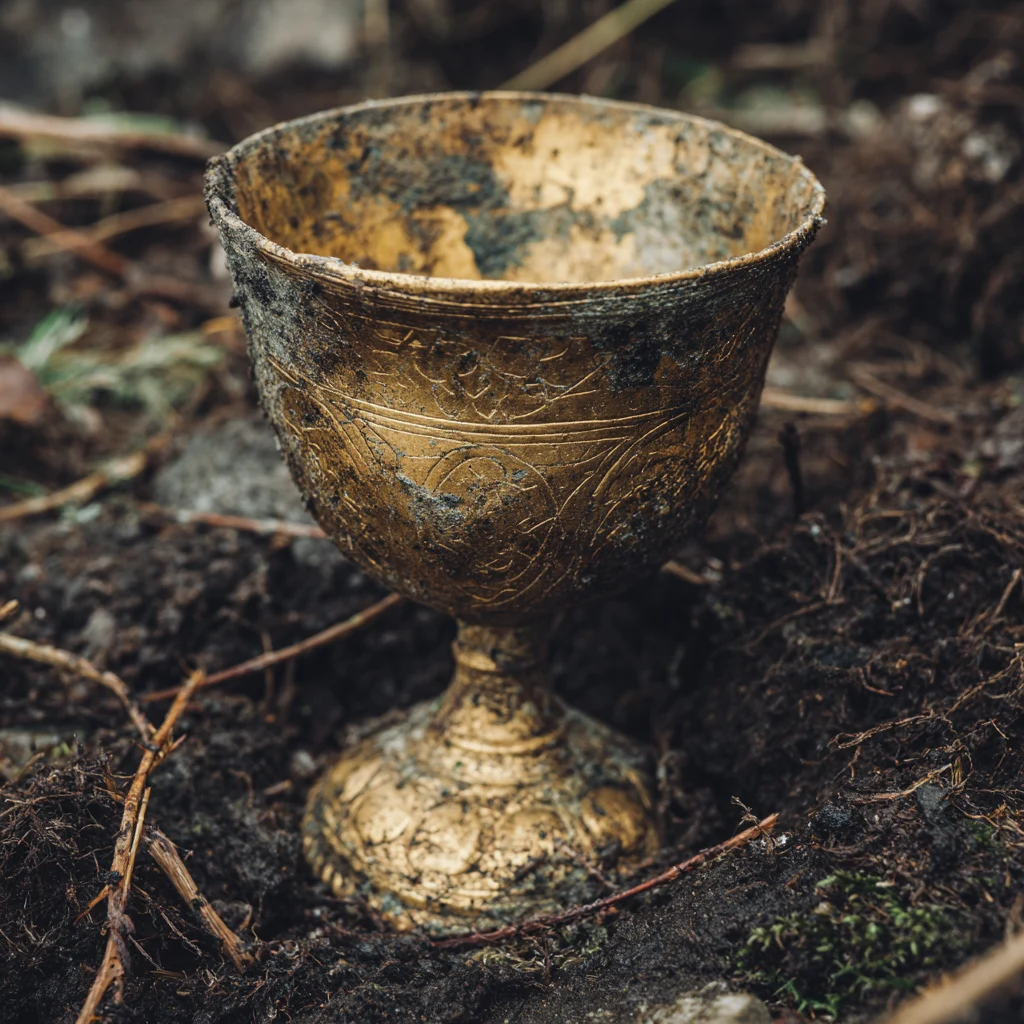
Conclusion
These remarkable discoveries demonstrate the extraordinary archaeological wealth buried beneath British soil.
From the £44,200 Wold Newton Hoard to the £4.3 million Chew Valley Hoard, these finds have revolutionized understanding of Britain's ancient civilizations.
Metal detecting has proven invaluable in uncovering treasures spanning millennia, providing crucial insights into Roman, Anglo-Saxon, and medieval periods.
These artifacts continue reshaping historical narratives while highlighting the importance of responsible treasure hunting and proper archaeological documentation.
Author Profile

Piotr Lesniewski
"Digging up the past, one signal at a time."
Polish-born, Scotland-based, and obsessed with the beep. My passion began decades ago, exploring fields with my Dziadek (grandfather). Now, with over 10 years of digging under my belt, I'm here to share everything I've learned—unfiltered and unbiased—to help you unearth your own piece of history. No sales pitches, just real field experience.